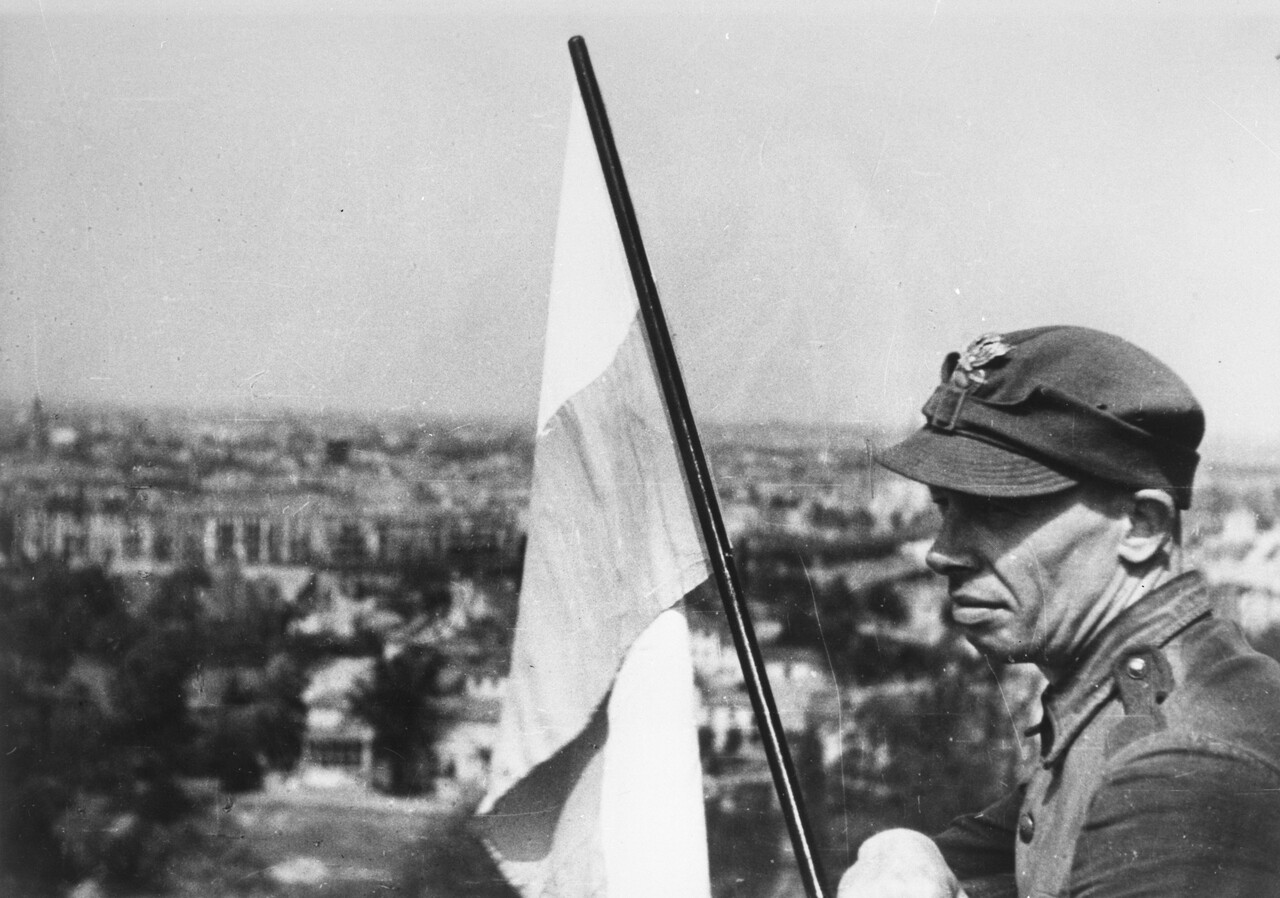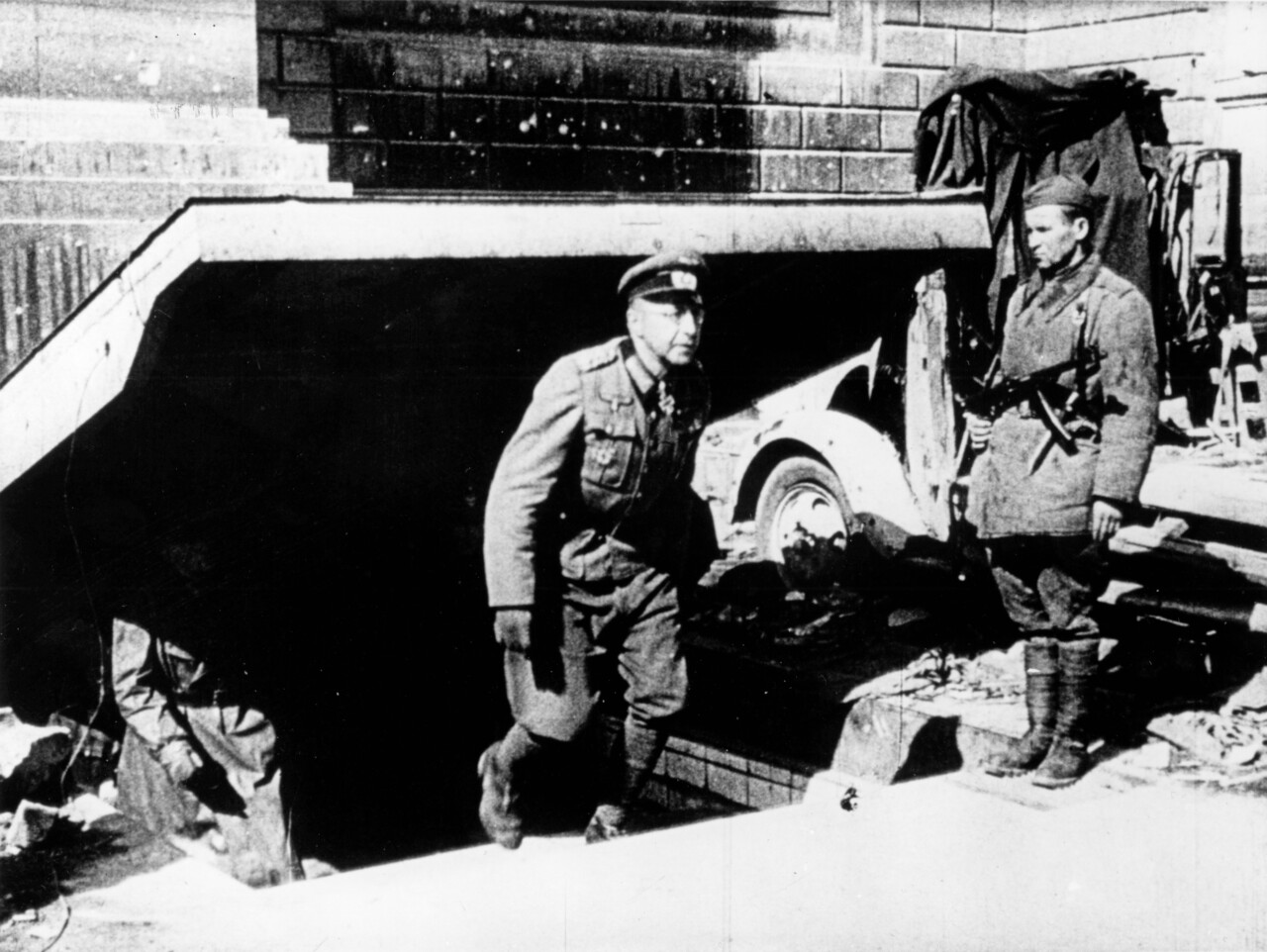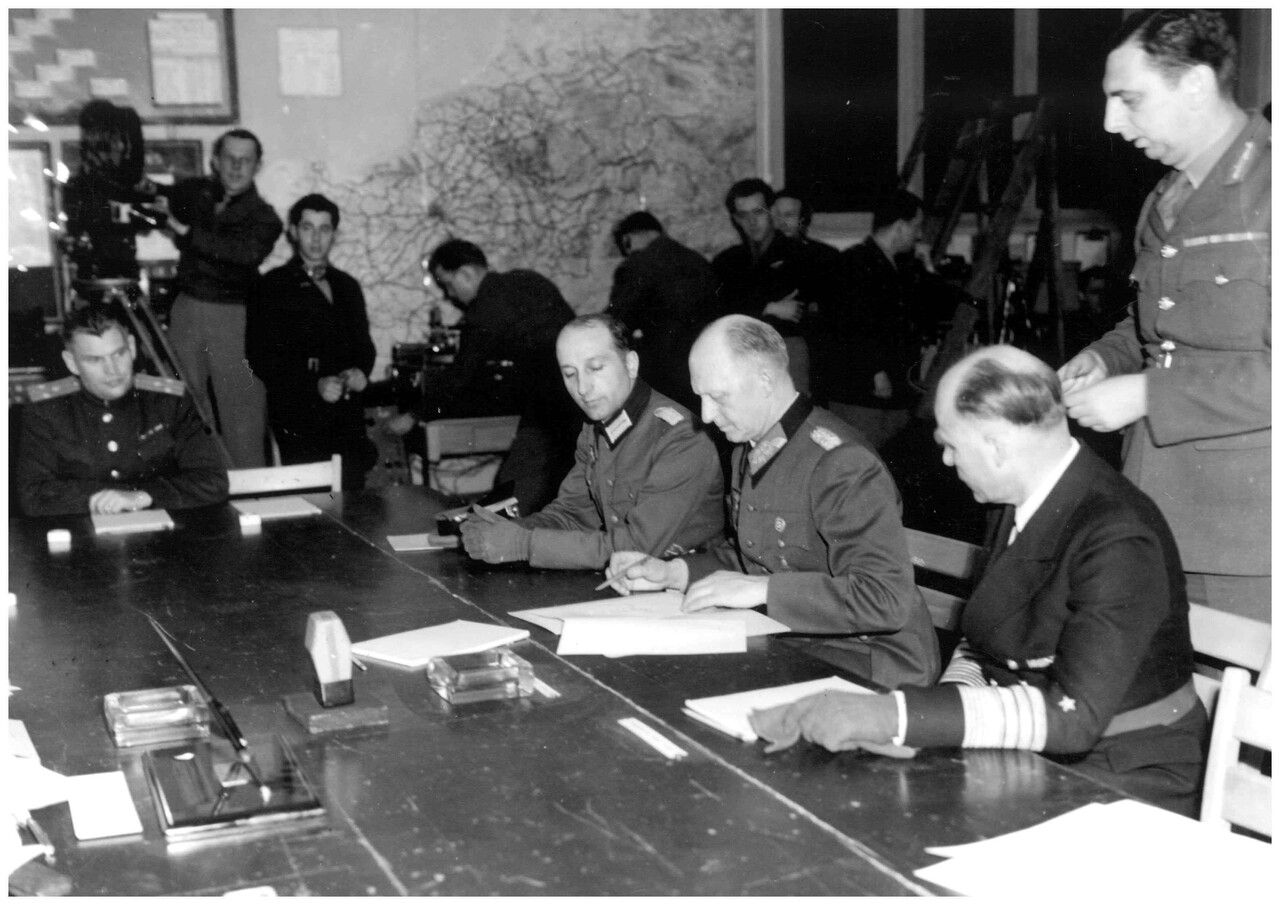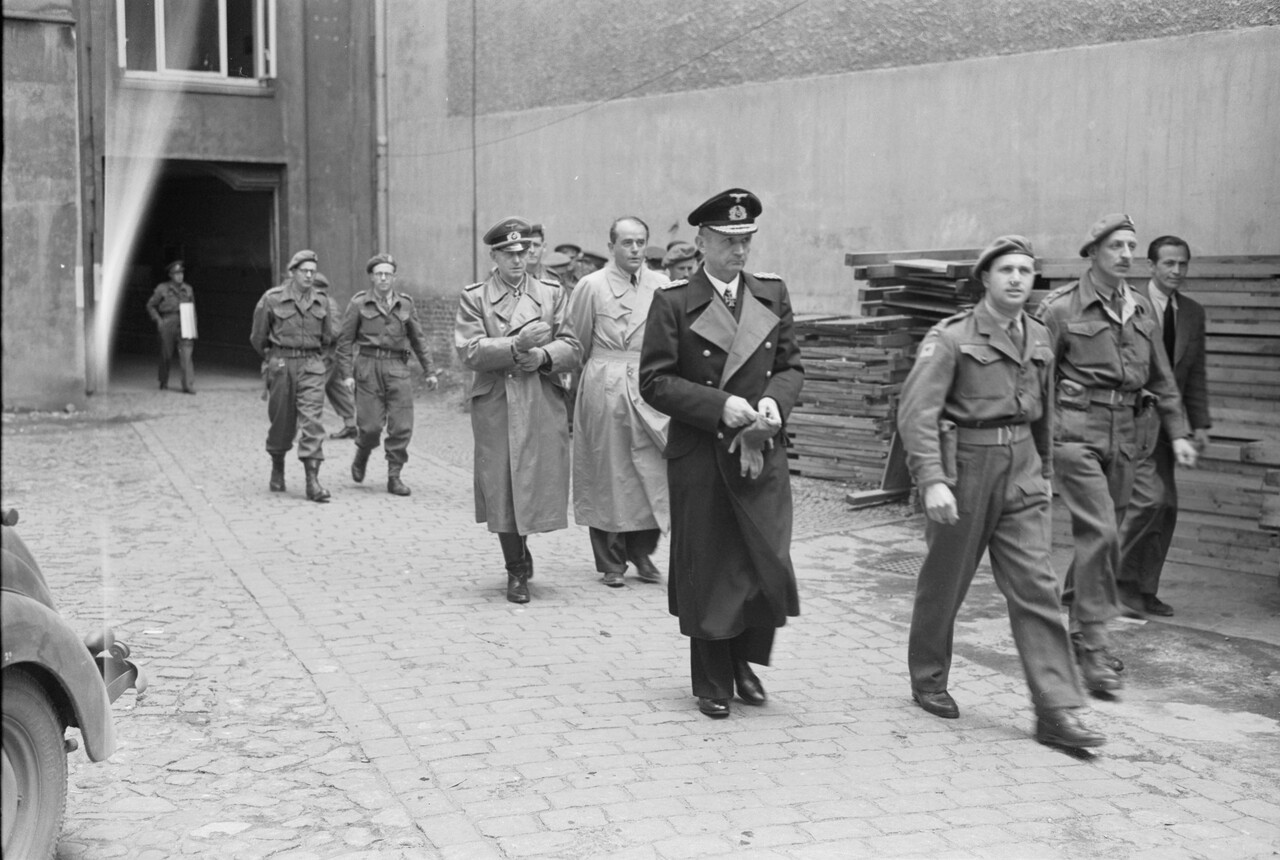8 May 1945 – the End of War in Europe
After two weeks of fierce and costly street fighting between the Wehrmacht and the Red Army, the Berlin garrison surrendered on 2 May 1945. Around 80,000 Soviet and more than 90,000 German soldiers werekilled in the battle for the Reich capital alone. On 7 May, the unconditional surrender of the German Wehrmacht took place in Reims, France. For it to come into force, however, it had to be signed by the commanders-in-chief of the individual branches of the armed forces – the army, air force and navy. This took place on 8 May 1945 at the Soviet headquarters in Berlin-Karlshorst. The Second World War in Europe was over. The continent lay in ruins. Around 40 million soldiers and civilians – including up to 27 million from the Soviet Union – had died violently since the German attack on Poland on 1 September 1939. The majority of Germans did not see 8 May as a day of liberation from National Socialism, but as a day of defeat and collapse.
Berlin, 2 May 1945: At around seven in the morning, Soviet photographer Yevgeny Khaldei (1917 – 1997) climbed onto the roof of the Reichstag building and took a photograph that became the epitome of the Red Army's victory in the Great Patriotic War. The captured watches on the Red Army soldier's wrist were later retouched.
picture alliance / ZB / Agentur Voller Ernst, 20082462
Berlin-Mitte, 6 May 1945: City commander General Helmuth Weidling (1891 – 1955) leaves the bunker of the Reich Chancellery on Voss-Straße. The photo is a re-enactment. Weidling actually signed the surrender of the Berlin garrison on 2 May in the command post of the commander of the 8th Soviet Guards Army, General Vasily Chuikov (1900 – 1982), at Tempelhof Schulenburgring 2. Weidling died as a prisoner of war in the central prison of the Russian city of Vladimir.
akg images, AKG75014
Flensburg, 23 May 1945: After Hitler's suicide on 30 April 1945, Karl Dönitz establishes a caretaker government on 2 May 1945. After their arrest, British soldiers present Dönitz, Jodl and Reich Minister Albert Speer (1905 – 1981) to the world press.
Imperial War Museum, London, Photo correspondent: Edward George William Malindine (1906 – 1970), No 5 Army Film & Photographic Unit, BU 6711




